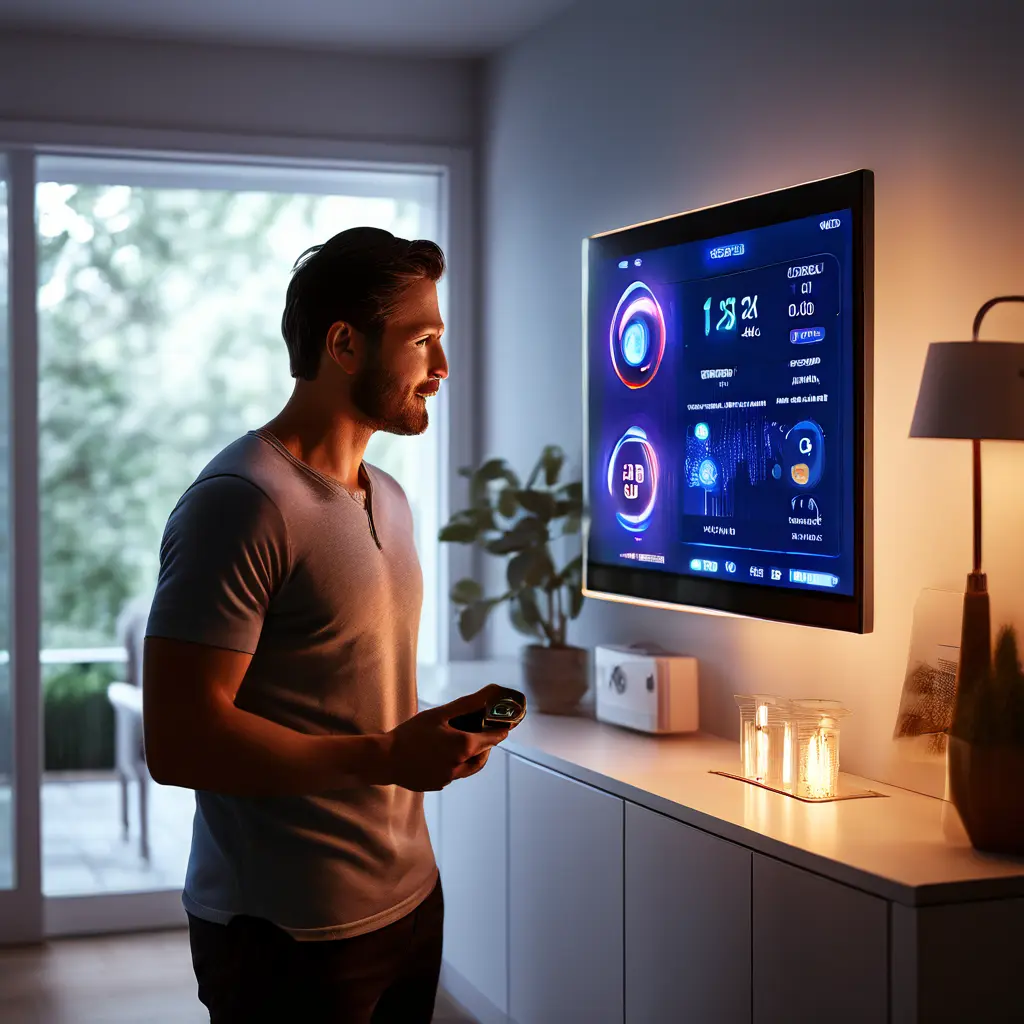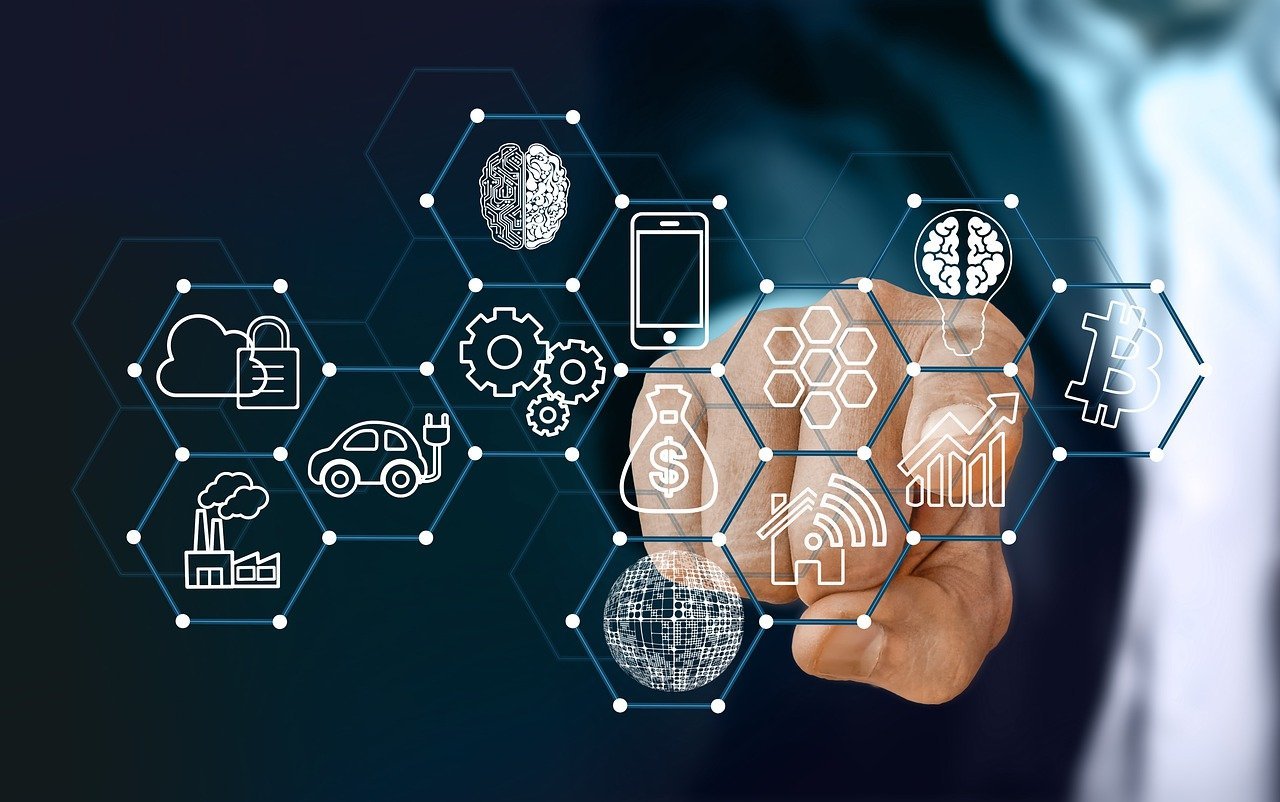The allure of a voice-activated or smartphone-controlled house that functions as one unit is interesting. Commonly alongside this view are smart home and Internet of Things (IoT) though their meanings differ with them serving as guides in this exciting (and sometimes confusing) technological terrain. Let us dig in further to understand the convergence of these terms and their divergence.
What is a Smart Home?
A smart home is when you have many internet-connected devices, appliances, and systems integrated together. This makes it possible to do more than just control your house from far away like using old-fashioned remote controls., including:
• Automation: Just visualize returning to your house where lights welcome you and a thermostat adjusts according to the external temperature conditions.
• Remote Control: Utilise an app to monitor and regulate the environmental conditions around your home. You can lock your door from afar, have it confirmed that your oven is really off, as well as see the live security camera feeds.
• Voice Assistants: Smart speakers are central command hubs that let you control your whole house just by speaking, get any information you need and issue any commands.
• Enhanced Security: You can create a solid doorbell network within your house with smart doorbells, cameras, lighting activated by motion and sensor systems.

What is the Internet of Things (IoT)?
Picture IoT as a really big spider web, with connected devices being the threads, capable of sensing, sharing, and collecting data from far and wide. These can be anything from everyday gadgets to devices you would never think of.
• Wearables: Fitness trackers monitor your activity and vital signs, generating personalized health insights.
• Smart Appliances: Connected fridges can create grocery lists, while smart ovens can be preheated remotely.
• Connected Cars: Embedded sensors provide diagnostics, roadside assistance, and even location tracking in case of theft.
• Industrial IoT: Factories and power plants use vast sensor arrays to monitor performance, optimize processes, and predict maintenance needs.
It appears that the IoT has infinite possibilities whereby virtually every object or thing that has an on-off switch potentially could become a “smart” thing.
How Do Smart Homes and IoT Relate?
The core relationship can be summed up as:
- Smart Homes are a Subset of IoT: Every device within your smart home is part of the larger IoT ecosystem.
- IoT Enables Smart Home Innovations: Advancements in sensors, connectivity, and AI drive the continuous expansion of smart home capabilities.
Why the Distinction Matters
Recognising the relationship between these concepts yields key benefits:
- Strategic Decision-Making: Determine whether your interests tend to focus more on specific forms of smart homes or a variety of internet-connected devices/services when it comes to your goals (expanding data collection vs. increasing home automation).
- Future-Proof Investment: The internet of things is a fast paced industry. Knowing more about the bigger picture could enable you to foresee where the trends are going before investing smartly on a home automation system capable of evolving along with your demands.
- Data Privacy Awareness: When it comes to your home, it’s believed that a variety of IoT devices are being put to use in making problems less problematic. Who wouldn’t agree with me when I argue that such assumptions have always led to uninformed decisions as far as the kind of devices we implement in our homes is concerned?
Examples: How Smart Homes Leverage the Power of IoT
Let’s illustrate the synergy with a few scenarios:
- Proactive Health Monitoring: When a smart bed and a fatness tracker are combined, it can also allow you to get your sleep patterns analysed and deeper recommendations given by taking personalisation to another level.
- Predictive Maintenance: A clever water heater in a smart house linked to internet of things detectors would be able to identify minute changes that signals an imminent leakage therefore requiring you to plan repair works in advance such that a severe problem does not happen.

The Future of Smart Homes and IoT
Where are we headed? Expect:
- Invisible Integration: Rather than individual gadgets, the emphasis will now be on interconnected experiences curating your surroundings. Consider the example of a word such as ‘goodnight’ initiating a sequence comprising lighting, security and heating.
- Hyper-Personalisation: Your habits and inclinations will be grasped by the machine so that it establishes an intelligent environment that can always adjust to your volatile demands and wishes.
- Smart Beyond Walls: Homes will not sit in isolation; instead, they will be connected to smart city infrastructures in a way that will enable them to manage energy use alongside the power grid or communicate with your smart car in a seamless routine.
Share via:

